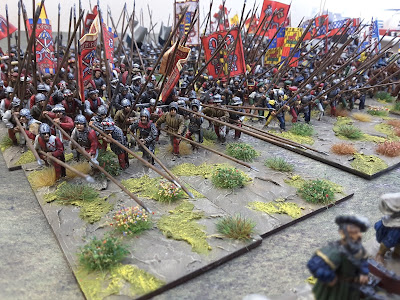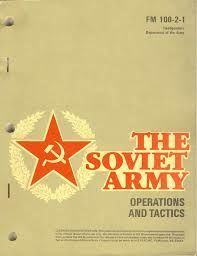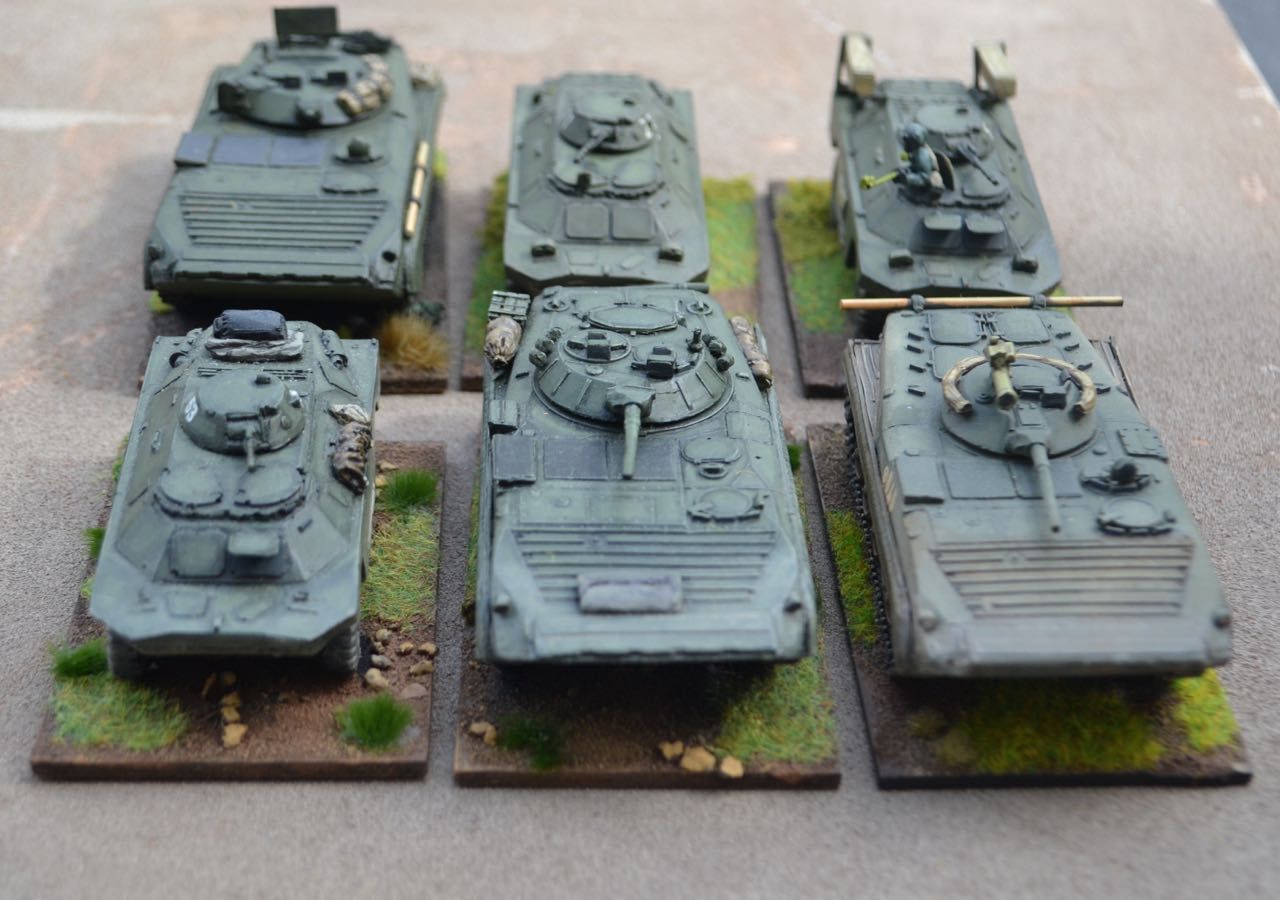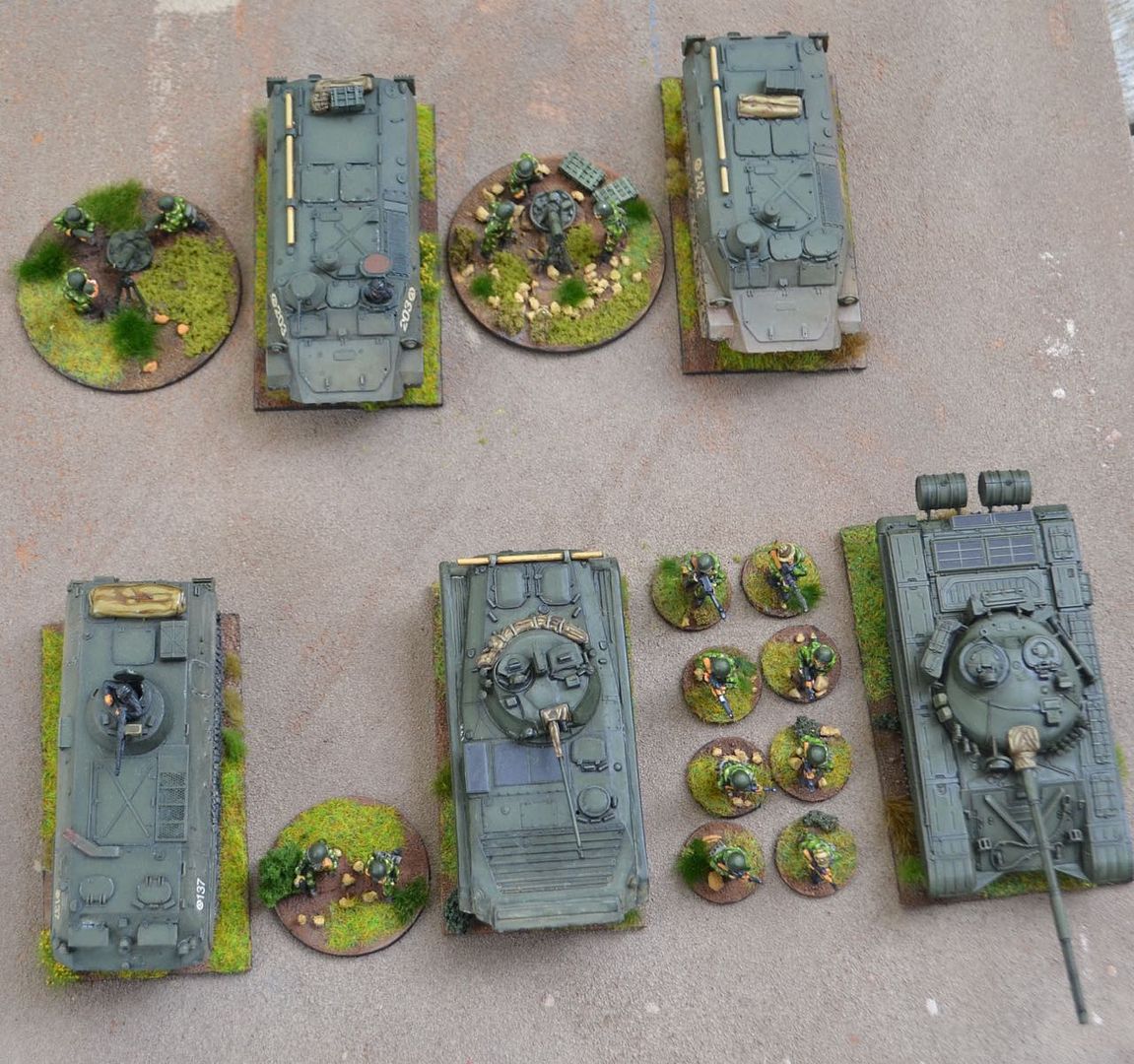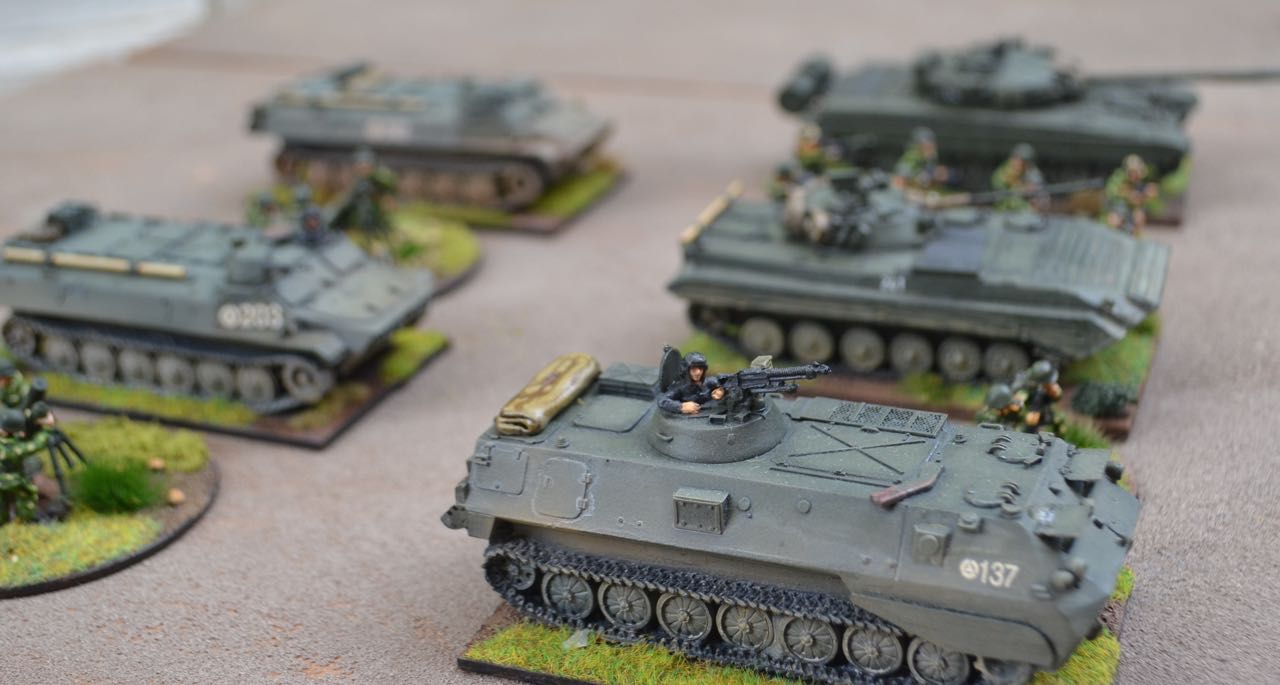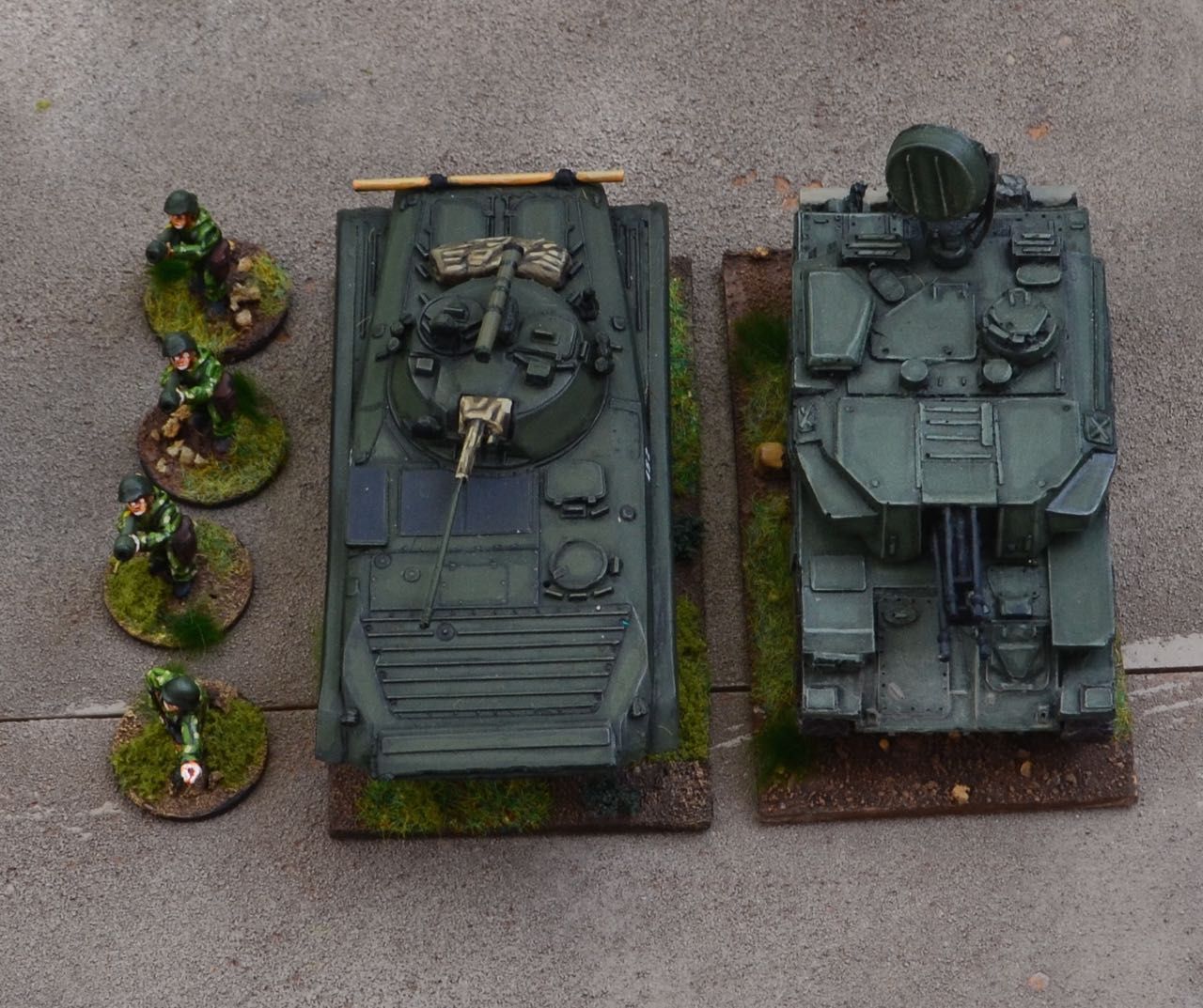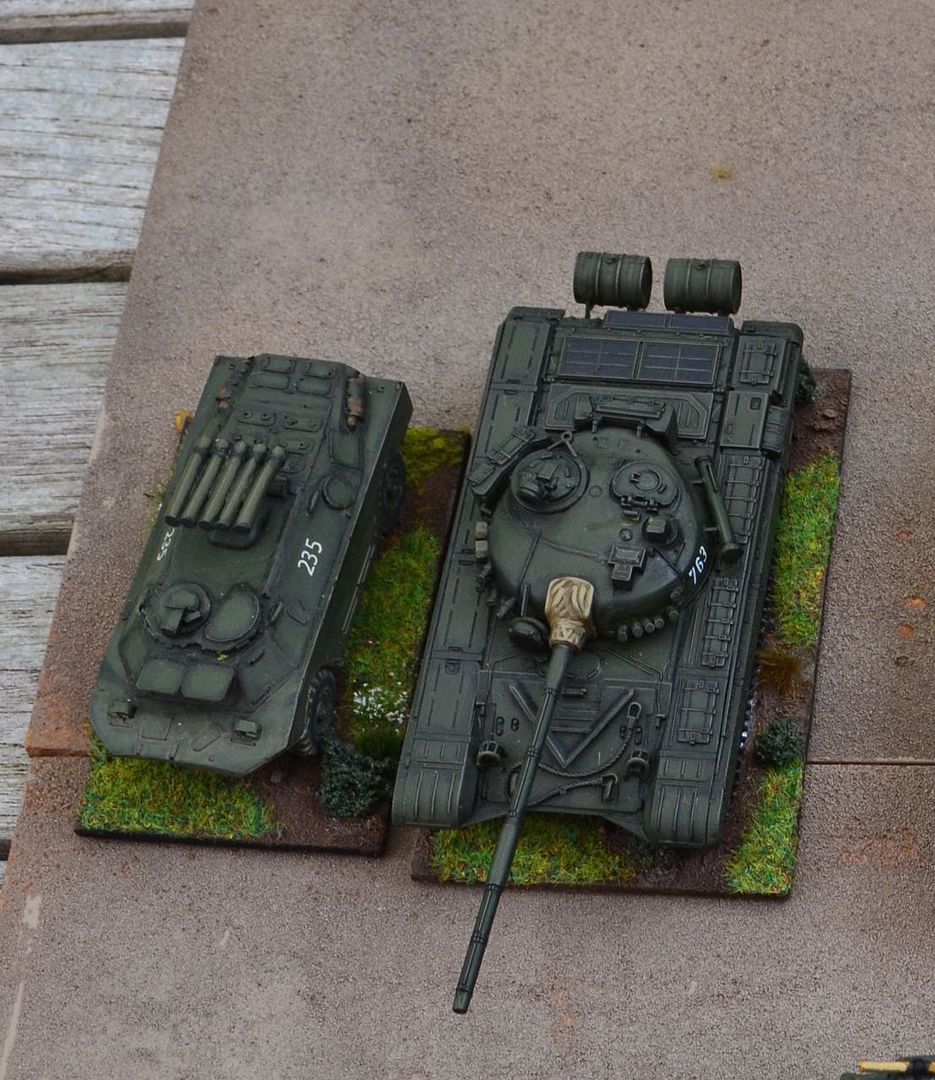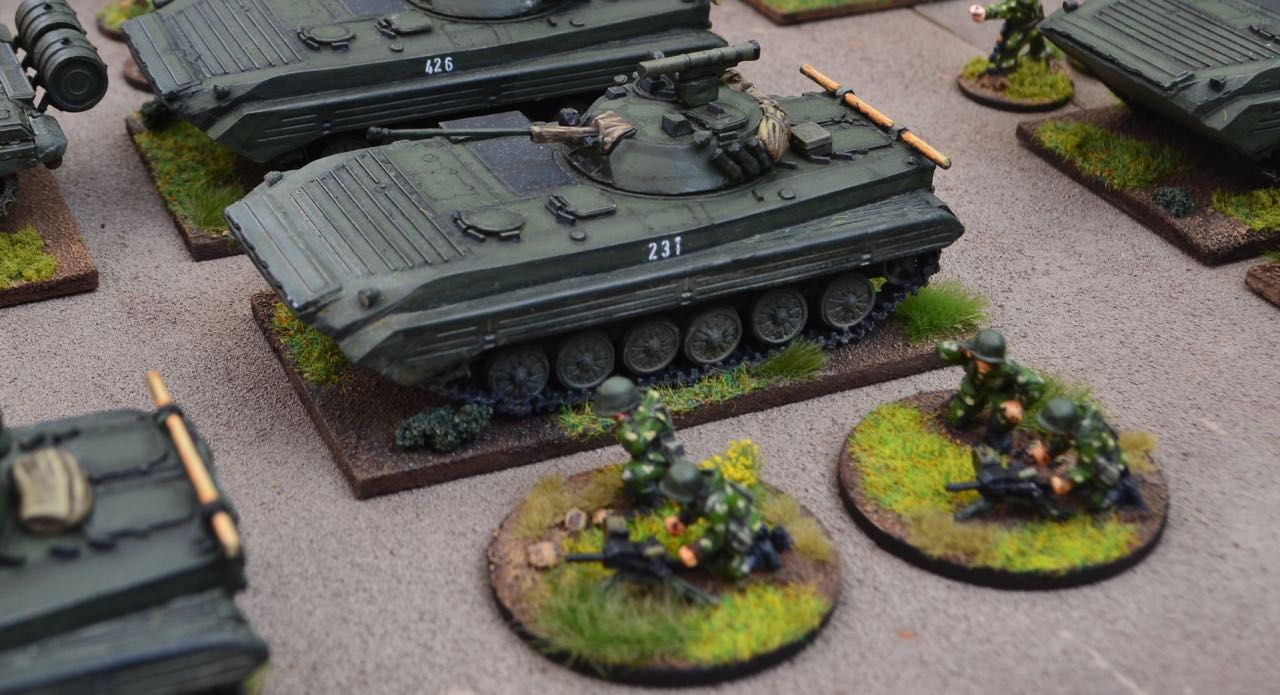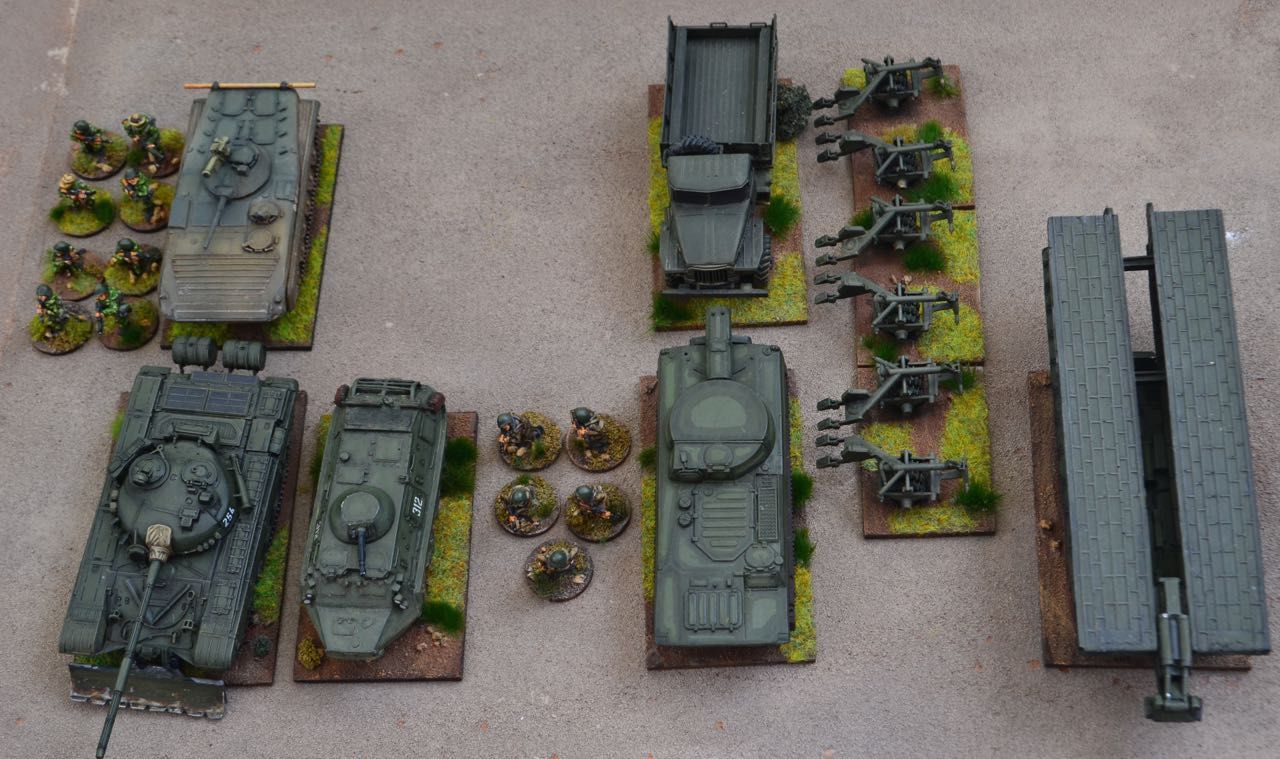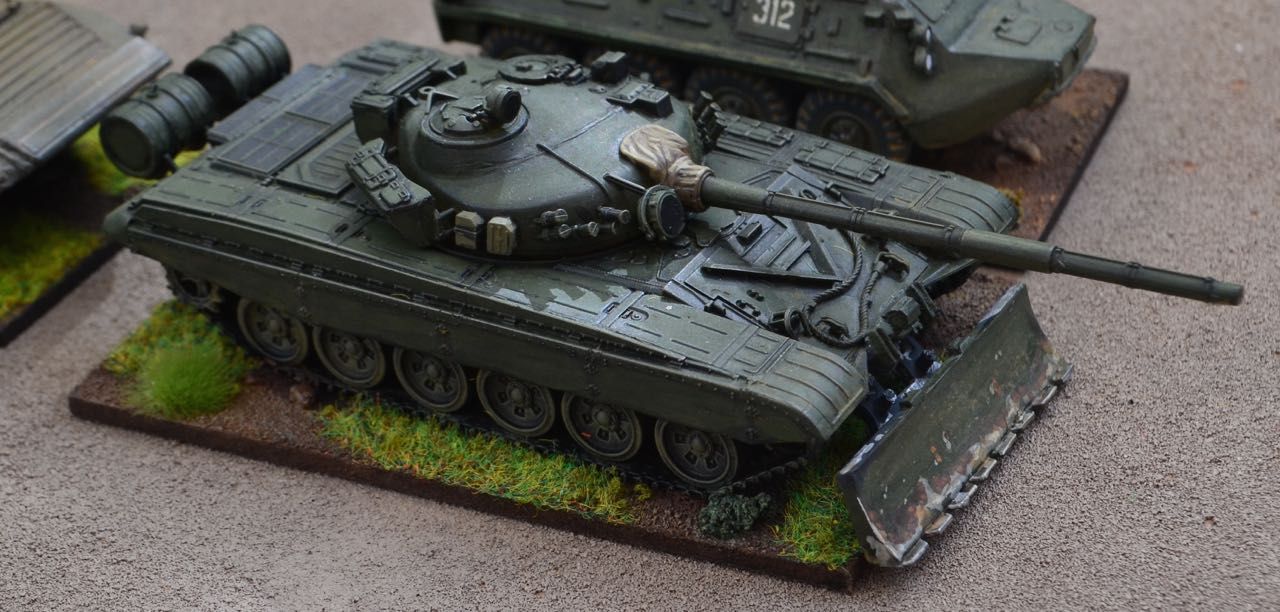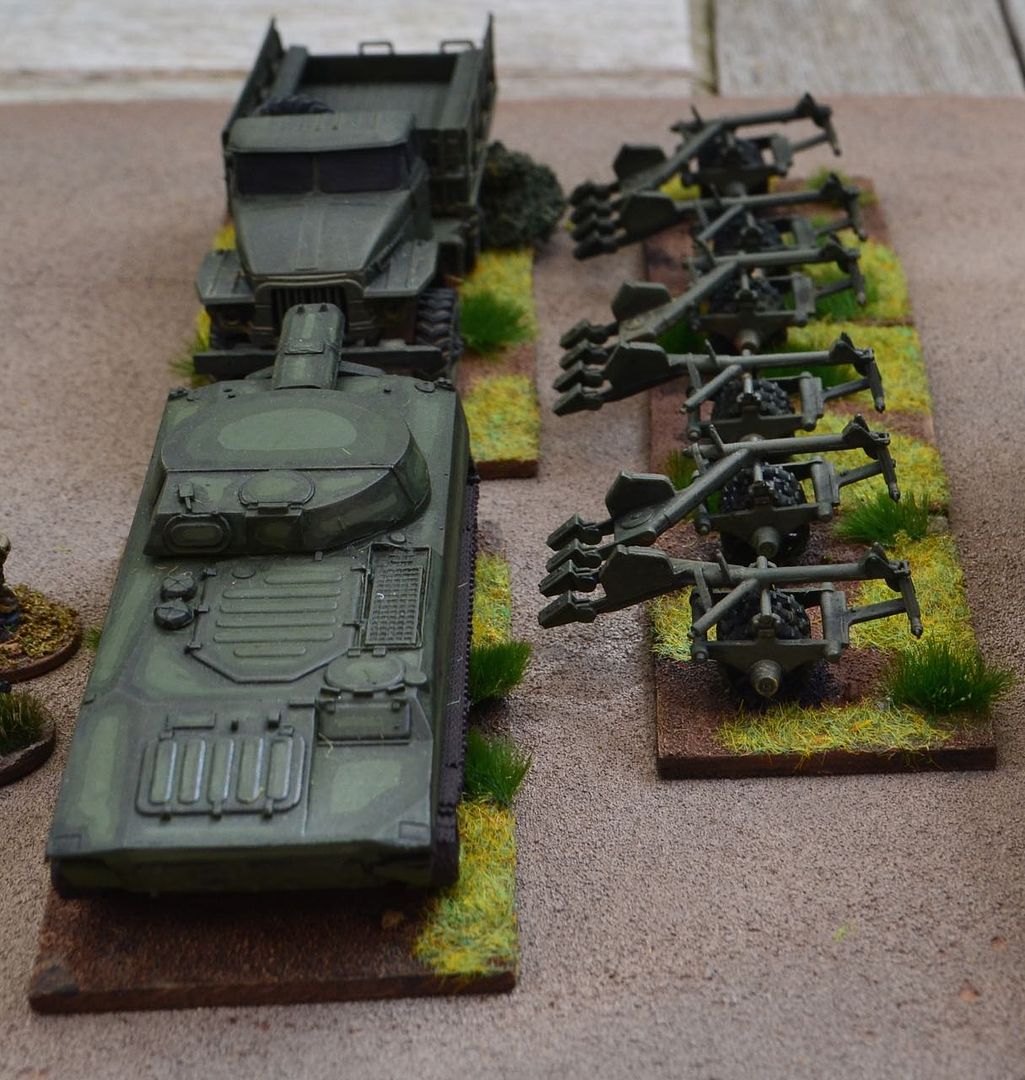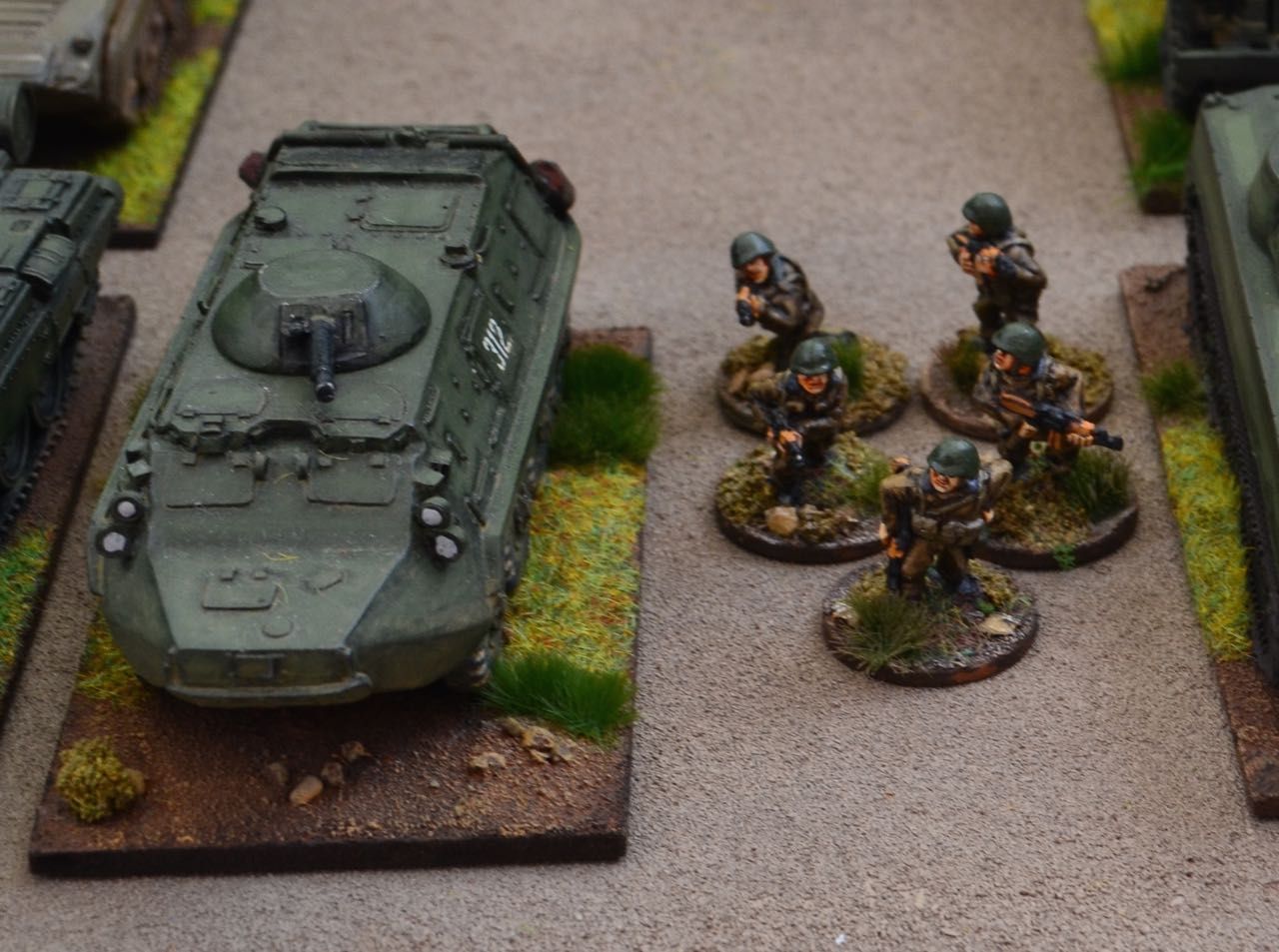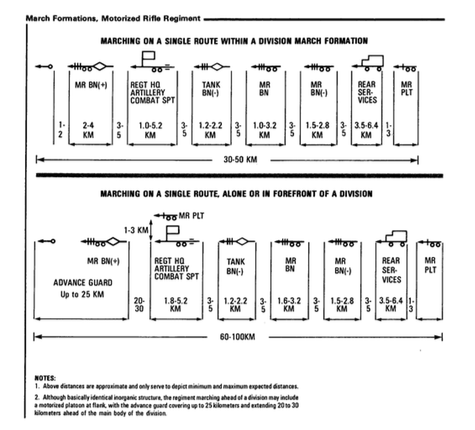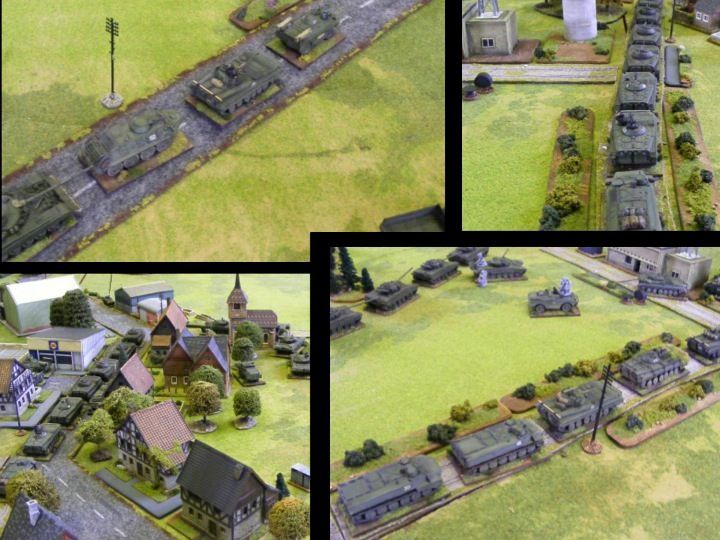- Wi.cr: Wi.cr is also one of the 30 highest paying URL sites.You can earn through shortening links.When someone will click on your link.You will be paid.They offer $7 for 1000 views.Minimum payout is $5.
You can earn through its referral program.When someone will open the account through your link you will get 10% commission.Payment option is PayPal.- Payout for 1000 views-$7
- Minimum payout-$5
- Referral commission-10%
- Payout method-Paypal
- Payout time-daily
- Short.pe: Short.pe is one of the most trusted sites from our top 30 highest paying URL shorteners.It pays on time.intrusting thing is that same visitor can click on your shorten link multiple times.You can earn by sign up and shorten your long URL.You just have to paste that URL to somewhere.
You can paste it into your website, blog, or social media networking sites.They offer $5 for every 1000 views.You can also earn 20% referral commission from this site.Their minimum payout amount is only $1.You can withdraw from Paypal, Payza, and Payoneer.- The payout for 1000 views-$5
- Minimum payout-$1
- Referral commission-20% for lifetime
- Payment methods-Paypal, Payza, and Payoneer
- Payment time-on daily basis
- LINK.TL: LINK.TL is one of the best and highest URL shortener website.It pays up to $16 for every 1000 views.You just have to sign up for free.You can earn by shortening your long URL into short and you can paste that URL into your website, blogs or social media networking sites, like facebook, twitter, and google plus etc.
One of the best thing about this site is its referral system.They offer 10% referral commission.You can withdraw your amount when it reaches $5.- Payout for 1000 views-$16
- Minimum payout-$5
- Referral commission-10%
- Payout methods-Paypal, Payza, and Skrill
- Payment time-daily basis
- CPMlink: CPMlink is one of the most legit URL shortener sites.You can sign up for free.It works like other shortener sites.You just have to shorten your link and paste that link into the internet.When someone will click on your link.
You will get some amount of that click.It pays around $5 for every 1000 views.They offer 10% commission as the referral program.You can withdraw your amount when it reaches $5.The payment is then sent to your PayPal, Payza or Skrill account daily after requesting it.- The payout for 1000 views-$5
- Minimum payout-$5
- Referral commission-10%
- Payment methods-Paypal, Payza, and Skrill
- Payment time-daily
- Clk.sh: Clk.sh is a newly launched trusted link shortener network, it is a sister site of shrinkearn.com. I like ClkSh because it accepts multiple views from same visitors. If any one searching for Top and best url shortener service then i recommend this url shortener to our users. Clk.sh accepts advertisers and publishers from all over the world. It offers an opportunity to all its publishers to earn money and advertisers will get their targeted audience for cheapest rate. While writing ClkSh was offering up to $8 per 1000 visits and its minimum cpm rate is $1.4. Like Shrinkearn, Shorte.st url shorteners Clk.sh also offers some best features to all its users, including Good customer support, multiple views counting, decent cpm rates, good referral rate, multiple tools, quick payments etc. ClkSh offers 30% referral commission to its publishers. It uses 6 payment methods to all its users.
- Payout for 1000 Views: Upto $8
- Minimum Withdrawal: $5
- Referral Commission: 30%
- Payment Methods: PayPal, Payza, Skrill etc.
- Payment Time: Daily
- Adf.ly: Adf.ly is the oldest and one of the most trusted URL Shortener Service for making money by shrinking your links. Adf.ly provides you an opportunity to earn up to $5 per 1000 views. However, the earnings depend upon the demographics of users who go on to click the shortened link by Adf.ly.
It offers a very comprehensive reporting system for tracking the performance of your each shortened URL. The minimum payout is kept low, and it is $5. It pays on 10th of every month. You can receive your earnings via PayPal, Payza, or AlertPay. Adf.ly also runs a referral program wherein you can earn a flat 20% commission for each referral for a lifetime. - Ouo.io: Ouo.io is one of the fastest growing URL Shortener Service. Its pretty domain name is helpful in generating more clicks than other URL Shortener Services, and so you get a good opportunity for earning more money out of your shortened link. Ouo.io comes with several advanced features as well as customization options.
With Ouo.io you can earn up to $8 per 1000 views. It also counts multiple views from same IP or person. With Ouo.io is becomes easy to earn money using its URL Shortener Service. The minimum payout is $5. Your earnings are automatically credited to your PayPal or Payoneer account on 1st or 15th of the month.- Payout for every 1000 views-$5
- Minimum payout-$5
- Referral commission-20%
- Payout time-1st and 15th date of the month
- Payout options-PayPal and Payza
- Short.am: Short.am provides a big opportunity for earning money by shortening links. It is a rapidly growing URL Shortening Service. You simply need to sign up and start shrinking links. You can share the shortened links across the web, on your webpage, Twitter, Facebook, and more. Short.am provides detailed statistics and easy-to-use API.
It even provides add-ons and plugins so that you can monetize your WordPress site. The minimum payout is $5 before you will be paid. It pays users via PayPal or Payoneer. It has the best market payout rates, offering unparalleled revenue. Short.am also run a referral program wherein you can earn 20% extra commission for life. - Linkbucks: Linkbucks is another best and one of the most popular sites for shortening URLs and earning money. It boasts of high Google Page Rank as well as very high Alexa rankings. Linkbucks is paying $0.5 to $7 per 1000 views, and it depends on country to country.
The minimum payout is $10, and payment method is PayPal. It also provides the opportunity of referral earnings wherein you can earn 20% commission for a lifetime. Linkbucks runs advertising programs as well.- The payout for 1000 views-$3-9
- Minimum payout-$10
- Referral commission-20%
- Payment options-PayPal,Payza,and Payoneer
- Payment-on the daily basis
Saturday, March 30, 2019
9 Highest Paying URL Shortener: Best URL Shortener to Earn Money
Friday, March 29, 2019
Zynga Chief: Stealing Is Okay Cause Everybody Does It
Naw, Mark Pincus really didn't say that. He said this:
Pincus went on to say that it's different when people do it to him, as happened when Vostu's Pet Mania ripped off Zynga's Petville, which had already ripped off Nintendogs and every other pet game on the market.
h/t: Forbes
We don't need to be first to market. We need to be the best in market. There are genres that we're going to enter because we know our players are interested in them and because we want and need to be where players are. We evolve genres by making games free, social, accessible and highest quality.That's from a leaked memo in response to "criticism" (read: blindingly obvious observations) that the Zynga game Dream Heights in a bald-faced piece of plagiarism of indie hit Tiny Tower.
Pincus went on to say that it's different when people do it to him, as happened when Vostu's Pet Mania ripped off Zynga's Petville, which had already ripped off Nintendogs and every other pet game on the market.
A few of you have asked how our approach to genres relates to the situation we faced with Vostu. There are rules of engagement in our industry. Companies have to respect each other's legal and IP ownership rights in the form of copyrights and trademarks. In the case of Vostu, you can see for yourself that Vostu crossed the line and chose to use our copyrighted IP and artwork. That's different than competing to build the best product or out-innovate us in the City category.That's a lot of words for a guy most famous for telling his design team, "I don't want ****ing innovation."
h/t: Forbes
Storium Basics: Subplots
Welcome back to Storium Basics - today, I'd like to briefly discuss the Subplot card type.
Subplots are actually my favorite card on Storium. The other cards show your character's impact on the story—a subplot shows the story's impact on your character.
Subplot cards are considered neutral, so they don't affect the Strong/Weak balance of a challenge. They do, however, push things closer to a conclusion. I like to use them to set up situations that might go either way, or to emphasize the way the challenge is currently going while moving events forward.
It takes some time to get used to writing subplots, but here's the basics: When you play a subplot, it's time to get a little introspective. Show how the subplot has been affected by the story events—how are the events of the story shaping your views of your subplot? Or, alternatively, you can show how your subplot is driving you to take the actions that you are taking. I use a mix of both. As you play subplot cards scene after scene, show how it is developing in your character's mind.
Now, that doesn't mean that your move is entirely internal! As I said above, this is still a move on a challenge, and thus it still moves the story of the challenge forward. So, this move needs to be both about your character and about the story of the challenge. It is tilted more towards your character than other moves, but the challenge's story shouldn't disappear.
A great way to do this is to tie what's going on in the challenge specifically to what's going on with your character's subplot. You can, like I suggested above, show how your subplot drove you to take the actions you're taking in the challenge. Or, you might instead decide to show how the actions you took affected your view of your subplot.
For example, if you're playing a character with the subplot Prove Yourself, reflecting his desire to have his abilities acknowledged by those around him, that subplot might be involved in a few ways. Now, these aren't the only ways you could do it, mind - but here's a couple thoughts:
Neutral cards can be a little hard to picture this way at first - how do you progress the story while not making things Stronger or Weaker? That's a bit of a misconception, I think.
When you play a neutral card, like a Subplot in this case, you push the story forward. This can feel like it's pushing closer to one of the endings, based on which ending the challenge was headed towards. If the challenge is already going Strong, your subplot can feel strong. If the challenge was already going Weak, your subplot can feel weak.
Why? This is because a neutral card leaves the status quo where it is, but leaves less slots to change it. So while you aren't actually making things Stronger or making things Weaker, you are progressing the story of the challenge and there is now less "time" for the challenge to turn around.
So, while a subplot play shouldn't feel exactly like a Strength or Weakness play, there's no problem with using it to emphasize the current story direction. With a neutral card, you're saying that things continue along the same path they've been continuing on...if that's a good path, that's good, if it's a bad path, that's bad.
That assumes you're playing a neutral card on its own, of course - playing multiple cards at once is an option in most Storium games, and I'll discuss that technique and its effects on moves another time.
When you play the last subplot card in your stack, it is time to move the subplot forward in a notable fashion. Show how the story's events have led the character to some kind of development point—some place where their views change, or perhaps harden and evolve to a new level. Moves where you're finishing up your subplot stack should feel significant. Even if they're in the middle of a challenge and other things are going on, be sure to take some time to leave a sign of development of your character's story. You don't have to know precisely where it's going yet, but you should make clear that something has changed in how your character views or interacts with the issue covered by the subplot. Leave yourself some cues, some thoughts on how this might develop
It's okay - even fun - to leave the full development a bit up in the air here more solidly decide when you pick your new subplot a little later. You can ask yourself a new question the subplot inspires rather than providing an answer. This doesn't have to be a full conclusion to the subplot. It's a major development, not necessarily an ending. You are moving forward in a way, but you aren't necessarily moving forward to something totally different.
You also get a wild Strength card any time you play the last subplot card—you'll get it at the close of that scene.
At the start of the next scene after you finish your subplot, you'll also have to define a new subplot. It's pretty simple—just click the "Define a New Subplot" button that replaces your Move button, and write one like any other custom card.
What you want to do here is think a bit about what happened regarding your prior subplot. Where did your character start out regarding that issue, and where did he end up? What is he thinking about now? Is it the same issue, with some new color to it, or has he moved on to some other thing?
This is why it helps to be thinking about your subplot each time you play it, and get a little introspective each time. If you take the time to think about this along the way, you don't have to think about it all at once. And, if you use that final move of a subplot to leave yourself some thinking cues, you'll more easily find direction in writing your new plot.
Don't forget to consider how the game's story itself has been going, either! Subplots are about how your character and the game interact.
Subplots are, as I mentioned, how you show the game's impact on your character–and when you define a new Subplot, that's a big chance to show it. It's one of my favorite times in Storium–when I get to write a new subplot, I can definitively show everyone just what my character has gone through and what issue he's working through now as a result. Sometimes my new subplot is a development of the prior one, a furthering of that issue with a new name and new stakes. But sometimes things have gone totally sideways and unexpected things came up, or the character realized that what he was working through wasn't what he thought he was working through, leading to a subplot that's pretty drastically different.
Here's an example of one that developed over the course of "Sorrow's Shores" for my character, Brennan:
Subplots are actually my favorite card on Storium. The other cards show your character's impact on the story—a subplot shows the story's impact on your character.
Subplot cards are considered neutral, so they don't affect the Strong/Weak balance of a challenge. They do, however, push things closer to a conclusion. I like to use them to set up situations that might go either way, or to emphasize the way the challenge is currently going while moving events forward.
It takes some time to get used to writing subplots, but here's the basics: When you play a subplot, it's time to get a little introspective. Show how the subplot has been affected by the story events—how are the events of the story shaping your views of your subplot? Or, alternatively, you can show how your subplot is driving you to take the actions that you are taking. I use a mix of both. As you play subplot cards scene after scene, show how it is developing in your character's mind.
Now, that doesn't mean that your move is entirely internal! As I said above, this is still a move on a challenge, and thus it still moves the story of the challenge forward. So, this move needs to be both about your character and about the story of the challenge. It is tilted more towards your character than other moves, but the challenge's story shouldn't disappear.
A great way to do this is to tie what's going on in the challenge specifically to what's going on with your character's subplot. You can, like I suggested above, show how your subplot drove you to take the actions you're taking in the challenge. Or, you might instead decide to show how the actions you took affected your view of your subplot.
For example, if you're playing a character with the subplot Prove Yourself, reflecting his desire to have his abilities acknowledged by those around him, that subplot might be involved in a few ways. Now, these aren't the only ways you could do it, mind - but here's a couple thoughts:
- Inspiring Actions: Out of a desire to Prove Yourself, you charge headlong at the enemy, filled with ambition to win the day and be acknowledged by the other heroes.
- Reflecting on Actions: You charge headlong at the enemy, and X happens. In the moments afterwards, a thought goes through your head about how that's likely to affect your goal of proving yourself - do you think you've gotten closer, or further away?
Neutral cards can be a little hard to picture this way at first - how do you progress the story while not making things Stronger or Weaker? That's a bit of a misconception, I think.
When you play a neutral card, like a Subplot in this case, you push the story forward. This can feel like it's pushing closer to one of the endings, based on which ending the challenge was headed towards. If the challenge is already going Strong, your subplot can feel strong. If the challenge was already going Weak, your subplot can feel weak.
Why? This is because a neutral card leaves the status quo where it is, but leaves less slots to change it. So while you aren't actually making things Stronger or making things Weaker, you are progressing the story of the challenge and there is now less "time" for the challenge to turn around.
So, while a subplot play shouldn't feel exactly like a Strength or Weakness play, there's no problem with using it to emphasize the current story direction. With a neutral card, you're saying that things continue along the same path they've been continuing on...if that's a good path, that's good, if it's a bad path, that's bad.
That assumes you're playing a neutral card on its own, of course - playing multiple cards at once is an option in most Storium games, and I'll discuss that technique and its effects on moves another time.
When you play the last subplot card in your stack, it is time to move the subplot forward in a notable fashion. Show how the story's events have led the character to some kind of development point—some place where their views change, or perhaps harden and evolve to a new level. Moves where you're finishing up your subplot stack should feel significant. Even if they're in the middle of a challenge and other things are going on, be sure to take some time to leave a sign of development of your character's story. You don't have to know precisely where it's going yet, but you should make clear that something has changed in how your character views or interacts with the issue covered by the subplot. Leave yourself some cues, some thoughts on how this might develop
It's okay - even fun - to leave the full development a bit up in the air here more solidly decide when you pick your new subplot a little later. You can ask yourself a new question the subplot inspires rather than providing an answer. This doesn't have to be a full conclusion to the subplot. It's a major development, not necessarily an ending. You are moving forward in a way, but you aren't necessarily moving forward to something totally different.
You also get a wild Strength card any time you play the last subplot card—you'll get it at the close of that scene.
At the start of the next scene after you finish your subplot, you'll also have to define a new subplot. It's pretty simple—just click the "Define a New Subplot" button that replaces your Move button, and write one like any other custom card.
What you want to do here is think a bit about what happened regarding your prior subplot. Where did your character start out regarding that issue, and where did he end up? What is he thinking about now? Is it the same issue, with some new color to it, or has he moved on to some other thing?
This is why it helps to be thinking about your subplot each time you play it, and get a little introspective each time. If you take the time to think about this along the way, you don't have to think about it all at once. And, if you use that final move of a subplot to leave yourself some thinking cues, you'll more easily find direction in writing your new plot.
Don't forget to consider how the game's story itself has been going, either! Subplots are about how your character and the game interact.
Subplots are, as I mentioned, how you show the game's impact on your character–and when you define a new Subplot, that's a big chance to show it. It's one of my favorite times in Storium–when I get to write a new subplot, I can definitively show everyone just what my character has gone through and what issue he's working through now as a result. Sometimes my new subplot is a development of the prior one, a furthering of that issue with a new name and new stakes. But sometimes things have gone totally sideways and unexpected things came up, or the character realized that what he was working through wasn't what he thought he was working through, leading to a subplot that's pretty drastically different.
Here's an example of one that developed over the course of "Sorrow's Shores" for my character, Brennan:
- It started out as "Learning the Basics," reflecting Brennan's unfamiliarity with the situation he was in and his desire to be able to at least help out a little and learn what he could to take care of himself.
- From there, it moved to "I Have to Do More!" as Brennan learned to do his part but saw the group struggling and dealt with the loss of one of the group's members–he felt like he hadn't been strong enough yet and wanted to push himself.
- Finally, it became "When it isn't enough…" as more bad things still happened, and he began to realize that sometimes no matter how hard you tried, sometimes you weren't strong enough on your own, and maybe it wasn't just him that was like that, maybe it was everyone. So he started wrestling with what that meant and learning that it was okay if he had to depend on other people.
- Develop Those Subplots!
- Establishing Character Arcs
- Character Arc vs. Game Arc
- Subplots and Character Arcs
- Writing a Move: Neutral Cards
- Build Towards Something
Does Your Video Game Have Too Many Words? (Yeah, Probably.)
 |
| TLDR.jpg (Also note: This gigantic lore-lump is just for choosing your character's sex.) |
"Too long. Lose half."My whole career has been based on writing very story-heavy games, with lots of words. Our company, Spiderweb Software, is small. We can't afford fancy graphics, so we have to rely on words. Interesting, quality words.
"Which half?"
"The half that you don't need."
- Their Finest
We're currently remastering the series with our most loved story and our bestest words. We also finished a new series, which had a lot of words which I suspect weren't as good because it didn't sell as well. Now we're planning a whole new series, and we need to figure out how many and what sort of words to cram into that.
We have a lot of decisions to make, so I've been thinking a lot about words in games. I have made a number of observations.
For Reference
A decently sized novel contains about 100,000 words. The Bible contains about a million words.
My wordiest and most popular game, Avernum 3, which I am now remastering, had about 200,000 words. At its release, people talked about how very, very, many words it had. Yet, by current standards, it is very terse.
In comparison, one of the best-written RPGs in recent times, The Witcher 3, had about 450,000 words. For The Witcher 3, "best-written" means "One really good storyline and many, many other storylines that were basically OK." (To be fair, I think the Heart of Stone DLC was really well-written.)
The word bloat continues. While Divinity: Original Sin had a mere 350,000 words, Tyranny spent 600,000 words telling the story of how you became the word's most evil middle manager, on a bold quest to try to tell apart the game's 73 factions.
And this is positively tongue-tied next to Torment: Tides of Numenara's 1,200,000 words. I admit I am curious about what story is so gigantic and epic that it requires 3 times more words than The Lord of the Rings. I will never find out, as there is nothing that will tempt me to play a game with 1.2 Bibles worth of text.
 |
| This is me playing your RPG lol. |
Vogel's Laws of Video Game Storytelling
1. Players will forgive your game for having a good story, as long as you allow them to ignore it.
2. When people say a video game has a "good story," what they mean is that it has a story.
3. The story of almost all video games is, "See that guy over there? That guy is bad. Kill that guy." This almost never leads to a good story.
 |
| For reference, this is how to get me to read the text in your RPG. |
Observations About Words In Video Games
1. For a while, there was a big demand for games like Baldur's Gate and Planescape: Torment. That is, old-school icon-based RPGs with big stories, told in lots and lots of words. Early hits, like Divinity: Original Sin and Pillars of Eternity made a lot of money off this demand. Sales of later games in this style, like Tyranny and Torment: Tides of Numenara suggest that this pent up demand has largely been satisfied.
2. It's really easy to make words. Really, really, really easy. Any writer with half a grain of skill can spew out 500,000 like it is nothing. And if that writer's fingers get tired, an intern with aspirations of authorhood will chip in 100,000 more. And when that intern passes out, you can let your Kickstarter backers add words to your game and they'll pay you for the privilege.
3. No, really, think about that last point. People will pay you to be able to write for your game! Adding words to your game has negative cost! Think about this the next time someone tries to use a giant word count to sell you a game.
4. The secret of great writing is not adding words. It's cutting them. You can almost always improve your writing by slashing chunks out of it and refining the rest. However, as game development is done with limited budgets and limited time, this editing process almost never takes place.
5. When a writer gets famous, they stop being edited. This is why the fifth Harry Potter book is 900 pages in which only like two things happen. This is also why, when a game in 2017 is written by a Big Name and has a script with one bajillion words, most of those words are going to be pretty boring.
6. There are well-written games. Fallout: New Vegas and Witcher 3 are solid. I remember Baldur's Gate II and Planescape: Torment were all right, but I played those 20 years ago, and there may be a lot of nostalgia in play there. (For me and almost everyone else.) Planescape was cool, but I definitely remember blasting past a lot of text just to get through it.
7. Sturgeon's Law is in play here: "90% of everything is crap." For every Planescape: Torment, where they had a cool setting and story idea and really put the time in to write good text and have it interface with the gameplay well, there have been nine other games where they just threw up a bunch of Tolkein-light Kill-that-Bad-Guy stuff and hoped it stuck. It didn't.
8. Having lots of lore in your game is OK. Some players really love lore. But then, a lot of players really don't. I think it's best if you try to keep your lore separated a bit from the significant game text, like Skyrim putting the stuff in books you could easily ignore. World of Warcraft quest windows did this perfectly. All of the lore was in one lump ("You mean dwarves like to dig mines? WOAH!"), and the actual text of the quest ("Kill 10 goblin toddlers.") was broken out of it so you could digest it quickly.
9. Humor is very hard to write well. It is also one of the most enjoyable things to read. If you can make your game genuinely funny, people will love it forever. (The actual gameplay of Psychonauts was only B-, but people LOVE that game because of how funny it is.)
10. The ultimate goal of writing in a game: Have it be good enough that getting past the gameplay to reach the writing is your goal. Your writing should be the REWARD. If your writing is something the player has to slog through to get to the game play, there is too much writing.
 |
| You have my UNDIVIDED ATTENTION. |
Physician, Heal Thyself
Every game I've ever written has had a lot of words. Some of those games, my fans really loved the words. Some of them, not so much.
My goal for my next series is to use fewer words, but to make them as light and interesting and funny as I can. I want words to be the reward, the thing that pulls people through the story. I am dreading this, because, again, writing something good and short is way more work than writing something dull and long.
In the meantime, I am remastering my old Avernum 3, with its pokey little 200,000 words. This means giving those words an editing pass. A lot of my time is spent chopping out extraneous words and revamping what is left to make it smoother, easier to read, and, whenever possible, funnier. If the new version has more words than the old version, I've done something wrong.
For a long time, I sold games with a lot of words. Now there is a lot more competition in that space, and words are super-cheap. I need to try to sell good words. Even if I never make a nice, dank meme, in this crowded market, you need to get every little advantage you can.
Dark Souls Trilogy Tournament - March 15 And 16
Four teams, 12 runners, 1 prize pool, and each Dark Souls game (1-3). The trilogy tournament is coming your way March 15 and 16. This is the LAST tournament before Sekiro: Shadows Die Twice.
Schedule:
(all times EST)
March 15
March 16
Runners:
Live matches at https://www.twitch.tv/mcrapt0r
Schedule:
(all times EST)
March 15
- 12 pm - Team Draft
- 1:30 pm - Resident Evil 2 No Damage Run (CarcinogenSDA, FaraazKhan)
March 16
- 10 am - Dark Souls Trilogy begins
Runners:
Dark Souls 1
- The_Happy_Hob
- FaraazKhan
- Squillakilla
- Schiyo
Dark Souls 2
- Otzdarva
- McDrunkard
- Vahiguru
- Mogenkai
Dark Souls 3
Troops On Parade - Italian Wars Papal Army
In this occasional series of posts on Yarkshire Gamer I have been looking back at some of the collections I have built up over the years, in contrast this post is more looking forward with this my latest project.
Regular readers will have seen this army build up fairly rapidly over the last few months, helped by both the Analogue Hobbies Winter Paint Challenge and an unplanned period of 6 weeks off work. It's by no means complete but this will be the bulk of the army going forward. Focus will switch to other projects but I have plans to add the odd unit here and there and let's face it an Army is never really finished.
If you prefer Moving Pictures (not the Rush album ! although that is awesome) Yarkshire TV have spent millions, ok a cup of Tea and a Tunnocks Wafer in producing this Cecil B de Mille like historical epic, enjoy.
For those of you scared of moving pictures I have added some still photos to the post, above is the vanguard showing two units of shot, a gun and 4 Command Bases.
The one thing that impresses me the most with this army are these command stands, I am normally useless when it comes to these and end up with massive armies with no command bases, I am always borrowing SYW commanders when playing Napoleonic games and vice versa, not with this army, by Jove no.
The first 5 ranks of Condottieri are Foundry, the rear 2 Perrys, although it added to the cost I am glad I went for 2 flags per 6 figures it gives the units a great look.
The other flank of the Parade is full of my light Cavalry, Stradiots with bow and others with Lance, Mounted Crossbow and some Light lance armed troops to, all Perrys, a mix of metal and plastic.
I got a bit carried away on the mounted troops for the army but somewhere in the middle of all that horse flesh are three Pike Blocks, a Sword and Shield unit and a Polearm unit.
I love the way the pikes look en masse. Nearest the camera is a block from TAG figures the rest are Perrys again a mix of metals and plastic.
My personal favourite unit is the red and white liveried Papal Pike Block, the colours, figures and flags just seem to work really well together.
So there we have a little journey around the latest addition to the Yarkshire Gamer stable, hope you enjoyed.
Wednesday, March 27, 2019
Tom Clancy's Ghost Recon Highly Compressed Download | High-Compress.Com
Tom Clancy's Ghost Recon Highly Compressed Download
Tom Clancy's Ghost Recon Wildlands is a tactical shooter that takes place in an open environment and plays from the third person's point of view with an optional first-person view to aim with the pistol. It does not present the futuristic configuration used in Advanced Warfighter and Future Soldier but adopts a modern configuration, similar to Tom Clancy's original Ghost Recon. As a result, the equipment that appears in the game is based on weapons and equipment commonly used by military forces around the world. However, some original equipment, such as drones, can be used to mark enemies and show their targets. These drones have limited capabilities until they are updated. The game is the first entry that presents an open global environment, consisting of nine different types of terrain, such as mountains, forests, deserts, salt marshes, and also has a dynamic climate system, as well as a daily cycle -night. Performing missions during the day allow players to easily detect enemies, while night missions give a tactical advantage to players because the night offers players better concealment and infiltration easier because some members of the guard are asleep. The players have the task of making observations before carrying out their missions. A variety of vehicles, such as off-road motorcycles, helicopters, and buggies are featured in the game. Unlike its predecessors, Wildlands has several side missions.
Once the missions are complete, players can reach the starting point of the mission in different ways. Players can parachute from a helicopter, walk on the ground or head for their targets. Players can use several methods to achieve their goals, such as stealth, close combat or the use of long or short range weapons provided in the game. The game also has outposts that can be overthrown by the players. players. Players can seize their enemies at close range with one hand to defend themselves as a human shield, while on the other to shoot. Players can also earn experience points to upgrade to the next level. The playable character can be personalized and players' characters can equip the loot found in the corpses of enemies. Weapons and equipment can also be improved. According to the creative director of the game, the AI of the game has no script and has its own "motivations and agendas".
It features a cooperative multiplayer mode, in which players can join three other players to explore the game world and carry out campaign missions. The game can also be played alone, in which the player will be accompanied by three teammates of the AI, to whom the player can give him orders. If a player wants a more "solitary" style of play, it can be disabled via the configuration. A competitive multiplayer mode was launched as part of a free update on October 10, 2017. It offers a sort of game mode elimination in a 4-4 game timed game with Revive game. Players can level up through the multiplayer game that allows them to enhance the different classes of characters available.
- OS: Windows 7 SP1, Windows 8, Windows 8.1, Windows 10
- Processor: Intel Core i5 2400 @ 3.1 GHz or AMD FX 6100 @ 3.3 GHz.
- Memory :RAM: 6GB.
- Video Card: NVIDIA GeForce GTX 560 or AMD Radeon HD 7770
Download
DIRECT DOWNLOAD
TTP - The Soviet Advanced Guard And March Security
The Soviet Army had well developed doctrine around march security and transition to battle formations from the line of march, this was critical to acheiving success in the encounter battles they postulated would be the most common form of engagement and in maintaining the rates of advance they envisioned. This is an area where a degree of task organisation would occur and provides a good framework for Scenario development for smaller games. The Advance guard is well documented across a variety of sources so it is straight forward to research, FM 100-2-1 is one of the best.
As an added bonus the Advanced Guard is a small self contained force that makes an excellent choice for a starter army. So an interesting vehicle for exploration of the organisation and processes associated with its operation. Its part of what most people would consider the classic Soviet steam roller and these elements rarely appeal to me, but for the reasons stated above and some interesting time and space problems associated with the relationship between the advanced guard and the main body that I think are less well understood its worth looking at.
As an added bonus the Advanced Guard is a small self contained force that makes an excellent choice for a starter army. So an interesting vehicle for exploration of the organisation and processes associated with its operation. Its part of what most people would consider the classic Soviet steam roller and these elements rarely appeal to me, but for the reasons stated above and some interesting time and space problems associated with the relationship between the advanced guard and the main body that I think are less well understood its worth looking at.
The building blocks for creating the Advanced Guard are nearly all drawn from within the Motor Rifle Regiment or the Tank Regiment, details of their composition can be found in the post 1980s Soviet MRR and TRR, Part 1 deployment and Orbat, whilst details on equipment change, Engineer, Artillery support and the Anti Tank Reserve can be found in subsequent posts. The core element for the Advanced Guard is the Motor Rifle or Tank Battalion.
The Advanced Guard mission was to provide forward march security to the lead Regiment on an axis of advance, in the example we will look at here we will consider a MRR but a TR could equally be configured to fill this role. Unlike the Forward detachment the purpose was to provide warning and an initial raction force to deal with enemy encountered on route as the MRR moved down its axis of advance. The Advanced Guard was a key component in transitioning the Regiment effectivly from March Formation to Battle Formation. In contrast the forward detachment was tasked with specific missions to take and hold terrain constraints or block reserves, the unifying purpose of both organisations however was the same, in order to allow the MRR/MRD to advance along the line of march at speed.
March formations in the British army were used for out of contact manouver, where contact was expected then the unit would be configured to advance to contact, a battle formation for which the manouver speed would be much lower as this was a tacticle deployment. Reacting to contact from a march formation would be an emergency procedure and certainly in my experience was seldom discused or practiced, advance to contact was, so the British and Soviet doctrine is very different.
The MRB would be reinforced and task organised to acheive its mission the level of reinforcement would be dependent on a number of factors:
March formations in the British army were used for out of contact manouver, where contact was expected then the unit would be configured to advance to contact, a battle formation for which the manouver speed would be much lower as this was a tacticle deployment. Reacting to contact from a march formation would be an emergency procedure and certainly in my experience was seldom discused or practiced, advance to contact was, so the British and Soviet doctrine is very different.
The MRB would be reinforced and task organised to acheive its mission the level of reinforcement would be dependent on a number of factors:
- Weather the Regiment was on a main or subsiduary access
- The type of offensive action being prosecuted
- March
- Pursuit
- Meeting Engagement
- Enemy Posture and Strength
The Soviets adapted 2 Pre battle formations based on whether they expected to encounter the enemy or not. If encounter with the enemy was expected then march security elements would be deployed to front, flanks and rear of the main body. The Advanced Guard would deploy in three components on a single axis. These were:
- The Combat Recce patrol of a platoon of Infantry and a single tank
- The Advance Party, the remainder of the lead Company reinforced by a range of assets depending on the situation and what had been provided to the Advanced Guard these could include:
- Morter Platoon, Morter Battery or Gun Battery, 120mm Mortar or 2S1
- AT Section or Platoon, BRDM2 +AT5
- Engineer Section
- Tank Platoon, depending on formation T-64, T-72, T-80 marks being dependent on year.
- The Advance Guard Main Body, the remainder of the lead Motor Rifle Battalion and the remainder of the reinforcement units that could include:

The Advance Guard could operate in close co-operation with a number of regimental assets which for scenarios involving the advanced guard could easily be included, these are:
- The reinforced regimental Recce Company, reinforcement would come from engineer, chemical and artillery reconaisance assets
- The Mobility Support Group which would be a task organised engineer group reinforced with infantry and armour from second echelon formations, with the primary role of clearing and breaching obsticles identified by the reconaisance elements.
- Regimental Artillery Group, assets in range would provide supporting fires as directed by the Regimental commander in the event of contact. Command and Observation Posts might be grouped with the components of the guard to provide coverage
- Regimental Headquaters, frequently the Regimental HQ might travel with or just to the rear of the Advanced Guard, equally the Battalion HQ might travel just to the rear of the Advance Party, I have not represented this in the force as presented here
Additionally interesting scenarios might be constructed around interaction with in place elements such as forward detachments. Passage of echelons might also be worthy of consideration although weather this would be done in march formation might be subject to situation and the proximety of remaining enemy.
Bearing in mind that I play based on Rapid fire the abstraction of the vehicles and personel used by this ruleset presents a number of challenges in representing these elements. Looking at it from front to back I have currently decided to represent the Advanced Guard and the associated regimental elements as follows:
Reinforced Regimental Recce Company
The purpose of the Regimental Recce Company was to gather intelligence and develop the information identified by other forward deployed asset such as the Divisional Recc battalion, it was not part of the Advanced Guard, it was key to identifying enemy and targets and can work well as part of a depth game.
I currently represent the regimental Recce Company with a BMP R as the HQ and a BRDM2 and a BMP platoon each represented by a vehicle. The organisation included a motorcycle section which is currently un represented. Reinforcement comes in the form of a single BRDM2 Rkh platoon from the Regimental Chemical defence Company, and assets from the Divisional Engineer recce elements in BTR 60 and a PRP 3 representing artillery reconnaissance elements from a reinforced RAG. I intend to operate these as three pairs each with a BMP and BRDM2/BTR60 in it.
The Advance Party.
The advanced party provided march security for the advanced guard and was in turn protected by a combat recce patrol that it would deploy forward. Depending on circumstances terrain and visibility it could work closely with the CRP providing support and overwatch, or stand off from the CRP to give greater reaction time. Distances between the two elements are quoted as between 1.5km and 5km depending on sources. On Contact the advanced party could block, strike or maneuver and strike depending on the size and disposition of the encountered force. The effects of these actions would be to fix or destroy the opposing forces lead elements.
The representation of the CRP is quite difficult given the Rapid fire approach to one APC to each company. Because the BMPs are very under represented my personal preference here is to add an additional BMP effectively with no dismounts, as a Recce element. Where CRPs are required to provide flank guards the same approach would be taken.
The remainder of the Advance Party includes;
Additional elements that could be represented include the Advanced Guard battalion commander who would move forward if contact was expected an AT Section or platoon and engineer elements. If your just starting out in Cold War this sort of force provides a great starter option with both vehicle variety and small size yet capable of realistic deployment in a number of scenarios,
- A Tank platoon, represented by a single tank,
- A MR Coy represented by a BMP 2 and the associated dismounts.
- An ACRV Command and Observation Post(COP) from the battery or battalion attached to the parent MRB.
- The MRBs Mortar Battery, represented by 2 MTLB and 2 120mm Mortar. These might also be grouped with the Advanced Guard Main Body.
Additional elements that could be represented include the Advanced Guard battalion commander who would move forward if contact was expected an AT Section or platoon and engineer elements. If your just starting out in Cold War this sort of force provides a great starter option with both vehicle variety and small size yet capable of realistic deployment in a number of scenarios,
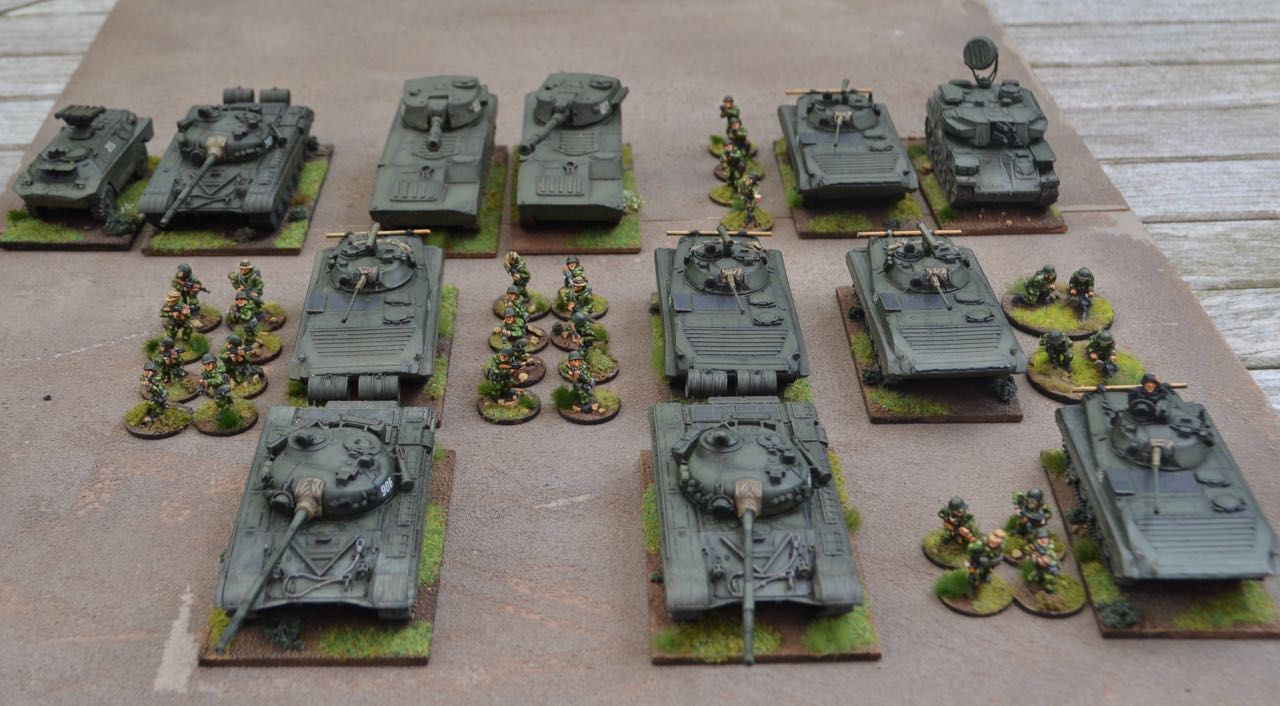
The Advanced Guard Main Body.
The Advanced Guard Main Body is constituted from the remainder of the Advanced Guard and it provides march security for the lead regiment. Depending on circumstances distance between it and the advance party could be between 1.5km - 10km this seems to be dependent on whether the advanced party is supporting the CRP or stood off from it as the distance to the CRP seems to be a fairly consitant at 10km.
On contact it could block or strike and if striking would be highly likely to maneuver and strike in order to take an enemy in the flank. The purpose would be to destroy the lead enemy company and fix or destroy the lead enemy battle group.
The Advanced Guard MRB has been reinforced with a battery of guns, one AA Platoon from the regimental Air Defence Platoon, and a Platoon from the Regimental Anti Tank Company. It is missing those elements already detached to form the Advanced Party. The Battalion commander has grouped his own Air Defence Platoon with the ZSU 23-4 platoon.
and the Tank Company Headquaters tank has been grouped with the AT - Platoon to form a small Anti Tank reserve. This element would be used to counter unexpected enemy tank action, or screen open flanks. I am not convinced it would be formally committed as part of the immediate plan as that would leave no reserve.
Each of the MR Coys is grouped with a tank platoon and the unit also includes the battalion HQ which could deploy forward and the AGS 17 Direct fire support platoon. Close on the heels of the Advance Guard and located behind it in the order of march to deal swiftly with Engineering tasks identified by the Recce elements is a Maneuver Support Group based on components from the Regimental Engineer company together with some reinforcing elements. The Advanced Guard could also find itself closely followed by the tactical elements of the Regimental Headquaters and other assets such as a COP from the Artillery Battalion.
The ability or inability of Junior Commanders to react would be compensated for by the forward positioning of the more senior headquaters although this can lead to confusion over who is directing what. The doctrinal intent was for the senior headquaters to be in a position to rapidly assess the battle and deploy the follow on force elements rapidly and effectively.
The ability or inability of Junior Commanders to react would be compensated for by the forward positioning of the more senior headquaters although this can lead to confusion over who is directing what. The doctrinal intent was for the senior headquaters to be in a position to rapidly assess the battle and deploy the follow on force elements rapidly and effectively.
The Maneuver Support Group
The Manouver Support Group was responsible within the MRR for the identification, clearance /breaching and marking of obstacles on the supported units route as well as the provision of route marking capability, the maintenance of the route and its own security. The detachment would include reconnaissance, security and engineer elements. MSGs could be formed from the Regiments own Engineer company or be provided from Divisional Engineer assets. The main purpose is to facilitate the Regiments movement rather than the Advance Guards.
The MSG covers three capability areas;
- Route Clearance
- Minefield Breaching
- Small gap crossing
Route Clearance
The route clearance capability is represented by 1 T-72A with an MTU dozer blade 3 of which were held by the Engineer Company. The Platoon would be drawn from a 2nd Echelon element of the Regiment or Division.
Minefield Breaching
The mine field breaching capability is covered by the provision of KMT mine rollers which could be fitted to vehicles as required. In addition and provided from the Divisional Engineer Regiment is an MTK 2 explosive breaching vehicle, this capability was also available on a T-55 hull and a BTR 50 hull.
Gap Crossing Small
A Regiment held a mix of Truck mounted TMM and Tank mounted MT-55 or MTU Vheicle Launched Bridges. MRR would have a preponderance of the truck mounted systems whilst tank regiments would have more of the tank based systems, sadly no one makes a TMM in 1/72.
The remaining two elements can support any of the capabilities this was;
- Infantry Company attached from a 2nd Echelon battalion to assist with route marking, security and provide additional manpower working under the guidance of the Sappers where needed .
- Engineer Platoon mounted here in a BTR 60 PB could equally be transported in a truck and can enhance any of the three mobility support capabilities represented.
Having looked at the composition of the advanced guard and associated groups it is worth considering how it was designed to operate. The spacing of the components in the order of march provided time for early warning allowing commanders time to think and take action. To understand how this worked its necessary to understand a bit about the movement characteristics of vehicle columns and also to set it in the context of the Regimental order of march as this would drive what support it could expect and how quickly.
Speeds on the march varied but columns were expected to achieve the following rates of advance - Motor Transport on roads upto 40Km/h
- Armor on Roads or X Country 25-30Km/hr
- Under poor conditions Night or bad weather 20km/h
- On foot 4-6km/h
Of more interest I think is distance per minute as this gives an indication at the time intervals between the different elements of the march groups. So at 25km/h you travel about 4km in 10min or 400m in 1 minute at 40Km/h you travel about 7Km in 10min or 700m in a minute.
In looking at this we also need to understand the lengths of the columns involved as they add to both the distances and the time taken to get an effective force to a point. Pass time of the column adds time to deployment, it is the amount of time it takes the column to pass a point which is a function of its length, difficult to start a war with one vehicle.
Vehicle Numbers for the Advanced Guard:
Vehicle Numbers for the Advanced Guard:
- BMP Bn - 72 Vehicles including command and Echelon
- 2S1 Bty 15 Vehicles including command and Echelon,
- 2S1 Bn - 60 Vehicles including command and Echelon
- Tank Coy 13 Vehicles
- AT Platoon 5 Vehicles
so dependent on composition 105 to 150 vehicles
A Company Column of 10 vehicles with 25/50m between vehicles is 250 - 500m long and at 25km/h takes 1 minute from the first vehicle hitting a point to the last vehicle clearing that point. With no space between units the 105 vehicles of the advance guard covers 2.5 - 5km so a pass time of 6-12 minutes at 25km/h with no choas and no gaps between the different components. Given the distances between the various components of the Advance Guard are longer this all takes more time.
A Company Column of 10 vehicles with 25/50m between vehicles is 250 - 500m long and at 25km/h takes 1 minute from the first vehicle hitting a point to the last vehicle clearing that point. With no space between units the 105 vehicles of the advance guard covers 2.5 - 5km so a pass time of 6-12 minutes at 25km/h with no choas and no gaps between the different components. Given the distances between the various components of the Advance Guard are longer this all takes more time.
The references varies so a number of models for the spacing could be made, this one really serves to illustrates the point. The CRP is 5Km and 12.5 minutes ahead of the Advanced Party, which is composed of around 20 vehicles over 1km so a pass time of 2 minutes so about 15 minutes to bring the whole force into action. They in turn are 1.5 km and 3 minutes ahead of the Advance Guard which consistes of around 80 vehicles and a distance of 4km so a pass time of 10 minutes so they would take an additional 15 minutes to come into action if the manouver to a flank this increases by an additional 2 minutes for every Km of maneuver before they get into action. They are in turn 5-10km and another 15-20 minutes ahead of the main body around 300 vehicles around 15km so pass time is 30 minutes. If the enemy was weak or in a poor position the Soviet commander could commit units incrimentally to the battle if he wished, a suitable time table would need to be produced based on further analysis.
The impact of this is as follows:
- CRP encounters enemy at H,
- Advance party can hit them at H+ 15, + 2min for every additional Km of maneuver.
- Advance Guard Main Body can hit at H+30 + 2min for every additional Km of maneuver
- Regimental Main Body at H+75 + 1.5min + 2min for every additional Km
2S1 had a range of 15.3km or 21.9 km using extended range munitions. 2S3 18.5km and 24km respectively. Based on the scenario presented above a 2S1 Battalion with the Regimental Main Body is:
- 21km from the CRP,
- 16km from the Advanced Party
- 13.5km from the Advanced Party Main Body
on CRP contact available artillery support is as follows:
- in Range of the Advance Guards Guns and Mortars on contact, these would take time to deploy and come into action
- in range of the Main Body's guns at extreme range, if deployed immediately this may put much of the ensuing action out of range, so keeping these moving until the advanced party is committed 15 minutes later puts them 5-7km closer to the action which probably makes sense. On top of this there is deployment time but for SPGs this should be short.
- If the battle is moving in the direction of travel then the period for which the guns are available without displacing will also be affected although this is particularly difficult to represent on a 20mm table top battlefield.
All this becomes interesting on a number of counts which can be played out in games
- Time Pressure is a key element, if you wish to manouver and retain the initiative time to plan will be short, probably around 7-10 minutes, the plan needs to be simple and this is where templated drills work well to my mind. Creating this time pressure in a game can be difficult ideas include the following:
- Players might be restricted to this time limitation for planning followed by a fixed deployment time
- Players might be given no specific planning time and fixed duration move times.
- Players may only be given an overview map with a number of contact locations identified and no indicator of which will be played.
- Players might be presented with an initial situation and troop deployment from which the game starts and fixed duration move times.
- The arrival sequence, timing and grouping of the Soviet forces and the availability of fire support can be built in with variations available if the commander wishes to flank attack.
- The relative directions of engagement, so whilst the CRP might contact from the front any of the other groups might hit from a flank.
- A multi board game would enable the manouver to play this would be more effective with blinds but would tend to decrease the time pressure as more elapsed time would be needed to move the force elements.
- Scenarios could be built against NATO formations expecting or not expecting contact.
Books:
Weapons and Tactics of the Soviet Army, D Isby, 1988
Soviet Air Land Battle Tactics, WP Baxter, 1986
The Race to The Swift, R Simpkin, 1985
Red God of War, Bellamy, 1986
Offensive Operations, Sidorenko, 1970
The Warsaw Pact Arms Doctrine and Strategy
Internet:
Tactics the Soviet Way, Rechinko, 1984
FM 100-2-3 The Soviet Army Troops, Organisation and Equipment
FM 100-2-1 The Soviet Army Operations and Tactics
The Soviet Motor Rifle Battalion in the Meeting Engagement DTIC
Tactics of the Soviet Army Regiment DTIC
The Soviet Tank Battalion Tactics DIA
The Soviet Tank Company Tactics DIA
The Soviet Mortrorised Rifle Company DIA
The Soviet Motorised Rifle Battalion DIA
Other Posts of Interest:
Wargames Unit - Soviet Late 80's MRB
Wargames Unit - Soviet MRR, Anti Tank Reserve
ORBAT - 1980's Soviet MRR and TRR, Part 1 Deployment and ORBAT
ORBAT - 1980's Soviet MRR and TRR, Part 3 Engineers
ORBAT - 1980's Soviet MRR and TRR, Part 4 Artillery
TTP-Soviet Forward Detachments and Tactical Air Assault
Subscribe to:
Posts (Atom)















